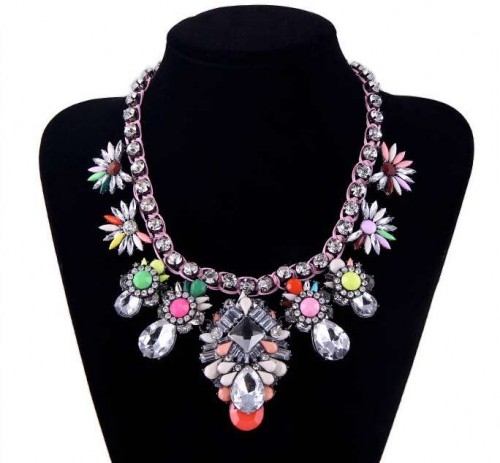 By Biswajit Choudhury
By Biswajit Choudhury
Take a stroll in an upmarket mall or fashion street in India and you’ll find swanky showrooms of a host of global luxury brands. Yet, just 30 percent of the top 500 names in the business have a presence in India. One reason: Lack of qualified staff, experts maintain.
In the $14-billion Indian market for luxury goods, which is growing at 20-30 percent per annum, trained manpower is a constraint. That, perhaps, explains why many global brands prefer to hire overseas professionals to cater to the discerning consumers of such products.
“Lack of trained staff is a well-acknowledged challenge that the Indian retail industry faces. The problem intensifies when it comes to the luxury sector that requires greater discretion and knowledge on the part of a salesperson,” says a KPMG-Assocham study.
Abhay Gupta, the founder and chief executive of the Luxury Connect Business School (LCBS), puts some some numbers. “It is estimated that by 2022, Indian luxury products and services market will have manpower needs to the tune of 1.76 million heads,” Gupta said.
“Dealing with luxury also requires an independent education stream.”
According to him, a luxury brand from overseas, which sees a market potential worth $100 million in India, prefers expatriates to manage their operations. “This shows their trust deficit over Indians managing their business. But global corporations don’t seem to have such issues.”
The KPMG-Assocham says the Indian luxury market includes apparel, accessories, home decor, pens, watches, wines, spirits and jewelry, services like fine dining, concierge, travel, hotels and spas, and assets such as art, yachts, and automobiles.
“Growth was driven by lifestyle segments such as fine dining, gadgets, hotels, jewellery, personal care and wines — growing at 30-35 percent, as the luxury consumer refused to compromise on the ‘luxe’ life.”
All these segments need a different approach to handling potential customers.
“We have customized and designed various programs to focus on education and training — in areas like brand management, retail services and skills, specific customer services and building upon the brand history and heritage,” Gupta said.
Luxury Connect, he says, has also tied up with renowned international schools like Italy’s Sda Bocconi School of Management and the International University of Monaco in Monte Carlo to bring global best practices and content formation.
The KPMG-Assocham study says all the three categories of high networth individuals, who are the potential customers for luxury goods, need different approaches – inheritors or the traditionally wealthy, professionals’ elite who are discerning spenders, and small businesses owners with money.
“Luxury brands need to strategically design their growth plans to tap demand across these three categories. This not only necessitates expansion in type and nature of offerings but also calls for increasingly innovative marketing plans to tap rapidly evolving consumer behavioural trends.”
Adds Gupta: “A student of luxury school must be trained to serve any segment: Be it the high-end haute couture brands to pret-e-porter lines to retail chains. The person must also be trained to serve at various levels such as a country head, brand manager, buyer, operation head.”